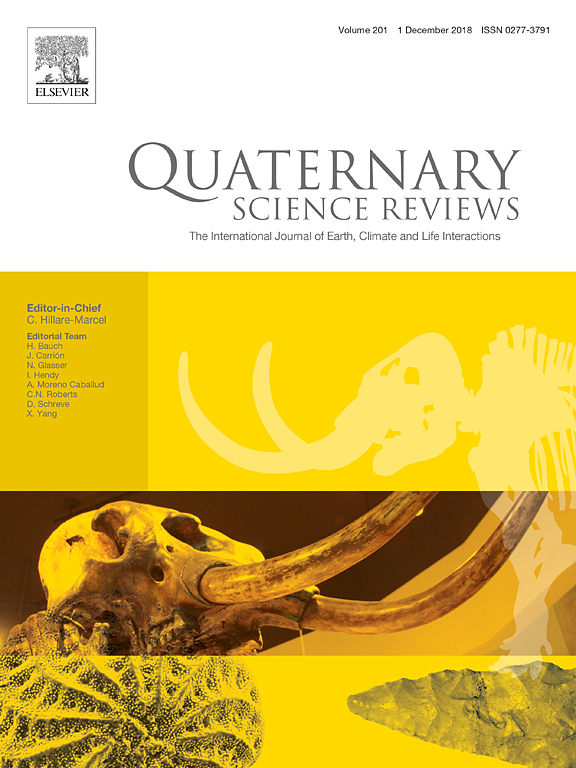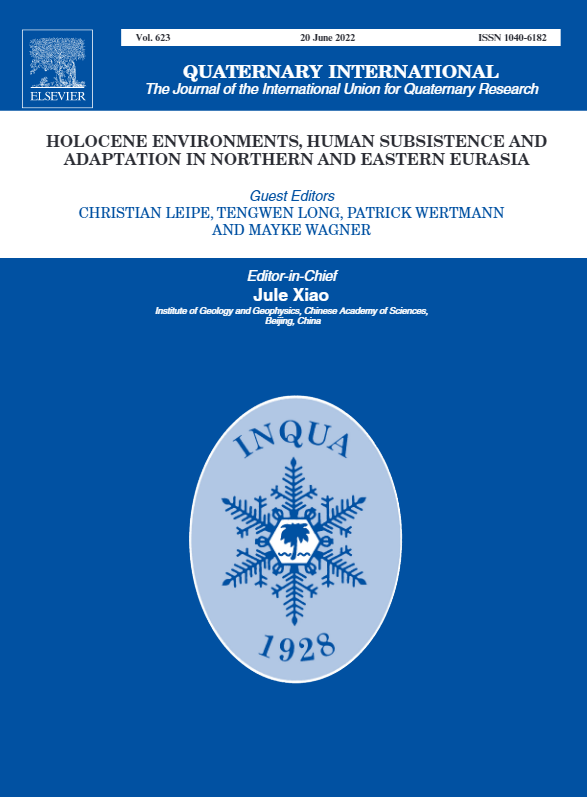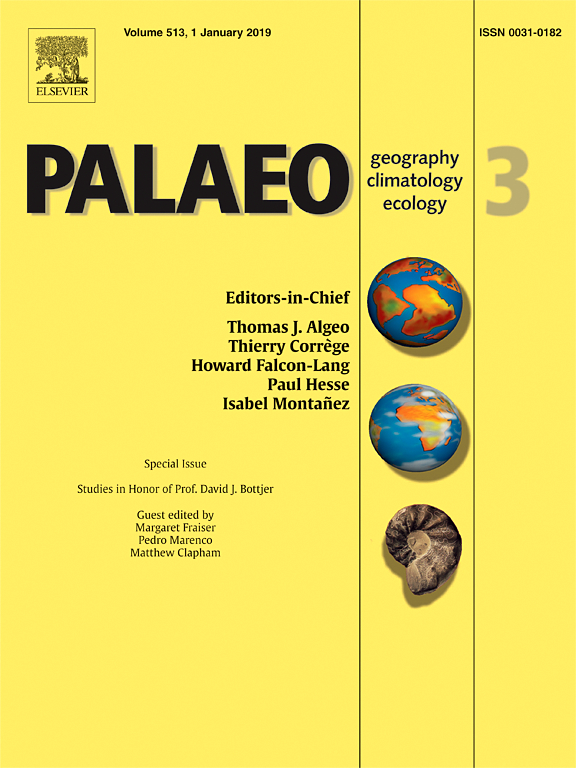Radiocarbon January 2025
A 350 14C yr discrepancy between bone and tooth dates from the same grave at the Early Neolithic cemetery of Shamanka II, Lake Baikal, southern Siberia: reservoir effects or a misplaced mandible?
Schulting RJ, Scharlotta I, Lieverse A, Jessup E, Bronk Ramsey C, Bazaliiskii VI, Weber AW
A 350 14C yr discrepancy was found between dates on postcranial remains and mandibular teeth on what was thought to be the same individual from the Early Neolithic cemetery of Shamanka II, Lake Baikal. Stable nitrogen isotope results suggested a major shift in diet between childhood (when the teeth formed) and adulthood (represented by the postcrania), which could have resulted in different 14C ages through a freshwater reservoir effect. Subsequent additional dating on the mandible and postcranial elements, however, indicated [...]








